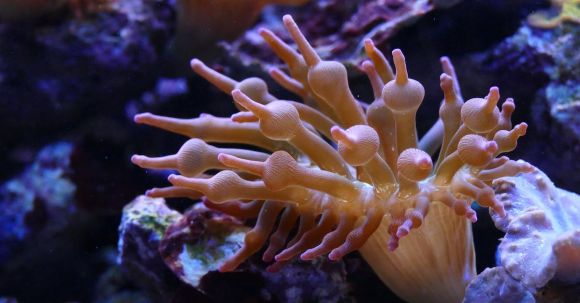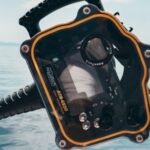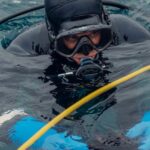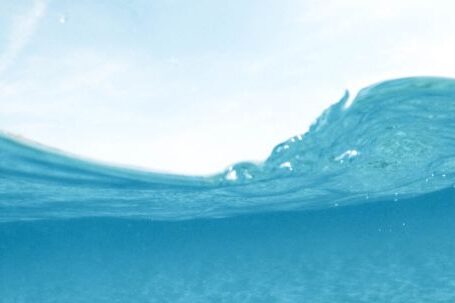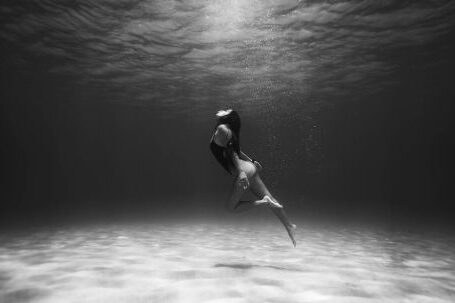Diving is a thrilling sport that allows individuals to explore the beauty and mystery of the underwater world. However, it is crucial for divers to have a solid understanding of the art of controlled descents and ascents to ensure their safety and the preservation of the marine environment. In this article, we will explore the techniques and considerations for mastering controlled descents and ascents in diving.
Understanding Buoyancy
Buoyancy plays a crucial role in controlled descents and ascents in diving. It refers to the ability of an object, in this case, a diver, to float or sink in a fluid. To achieve a controlled descent, divers must adjust their buoyancy to gradually sink underwater. Similarly, for a controlled ascent, divers must adjust their buoyancy to slowly rise to the surface. This careful management of buoyancy is essential to maintain control and prevent rapid changes in pressure that can lead to decompression sickness.
Equalizing Pressure
One of the most important aspects of controlled descents and ascents in diving is equalizing pressure. As divers descend or ascend, the pressure on their bodies changes, particularly in the ears and sinuses. Failure to equalize this pressure can lead to discomfort, pain, and potentially more severe injuries. Divers can equalize pressure by using techniques such as swallowing, yawning, or performing the Valsalva maneuver. It is crucial to equalize frequently during descents and ascents to ensure comfort and prevent barotrauma.
Controlling Descent Speed
Controlling the speed of descent is vital for a safe and controlled dive. Rapid descents can lead to barotrauma, where pressure changes cause damage to body tissues. To achieve a controlled descent, divers should start by deflating their buoyancy control device (BCD) and finning gently downwards. By monitoring their descent speed and adjusting their BCD inflation, divers can maintain a controlled rate of descent and prevent any sudden or rapid changes in pressure.
Monitoring Depth and Bottom Time
During a dive, it is crucial for divers to monitor their depth and bottom time. Depth gauges and dive computers can provide accurate readings of the diver’s current depth, elapsed time, and remaining bottom time. By keeping a close eye on these measurements, divers can ensure they stay within safe limits and avoid exceeding their planned dive duration. Monitoring depth and bottom time is essential for managing decompression obligations and preventing the risk of decompression sickness.
Maintaining Visual Contact
Maintaining visual contact with the dive buddy and the dive leader is essential during descents and ascents. Divers should establish clear hand signals and communication methods to ensure effective communication underwater. By regularly checking on their dive buddy and dive leader, divers can ensure everyone is descending and ascending at a controlled pace. This helps to prevent separation, minimize the risk of accidents, and enhance overall safety during the dive.
Environmental Considerations
In addition to personal techniques and considerations, divers must also take into account environmental factors when planning their descents and ascents. Factors such as currents, visibility, and marine life should be assessed to ensure a safe and enjoyable dive. Divers should research the dive site, consult with experienced divers, and be prepared to adapt their descent and ascent plans based on the conditions they encounter.
Conclusion: Mastering the Art of Controlled Descents and Ascents in Diving
In conclusion, mastering the art of controlled descents and ascents in diving is essential for a safe and enjoyable underwater experience. By understanding buoyancy, equalizing pressure, controlling descent speed, monitoring depth and bottom time, maintaining visual contact, and considering environmental factors, divers can enhance their safety and preserve the beauty of the marine environment. With proper training, practice, and continuous learning, divers can master the art of controlled descents and ascents, allowing them to explore the underwater world with confidence and respect.
